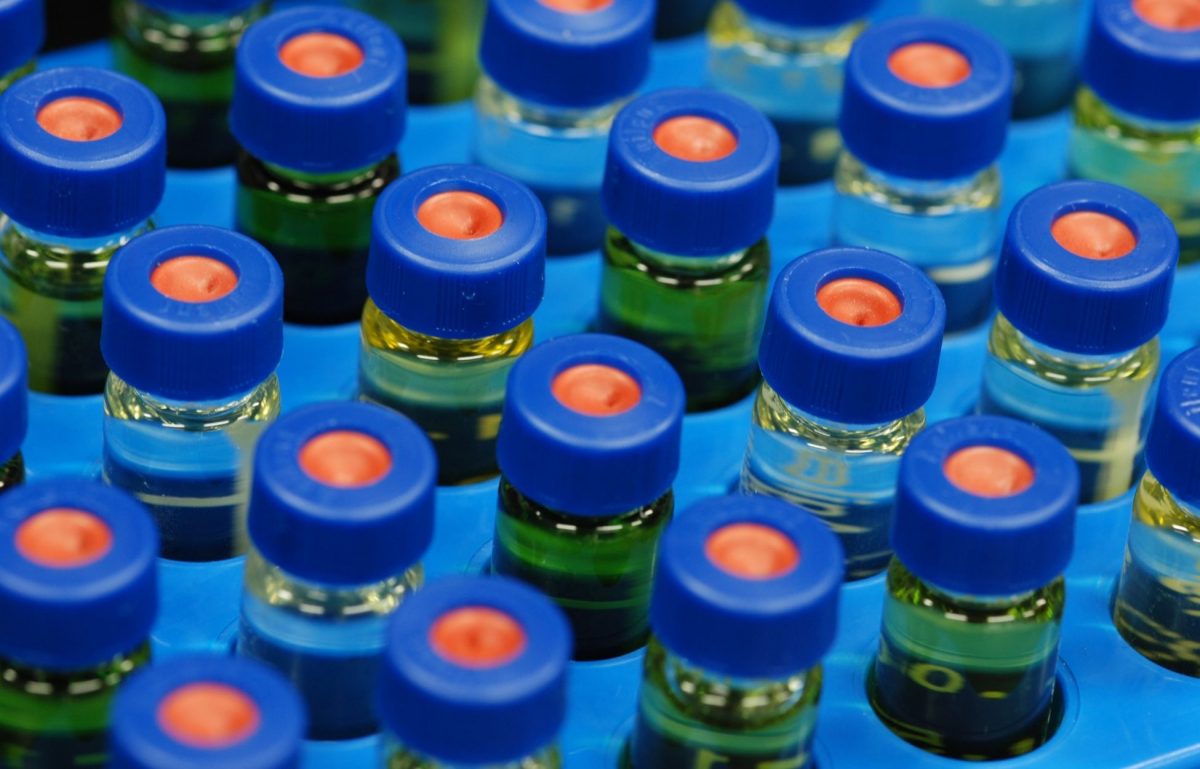Advances in science are essential to our way of life. Where once we lived in the industrial revolution, we’re currently living through a scientific one. One science that’s always evolving is chromatography. While not everyone is familiar with it, this crucial science protects the quality of our food and medicines and helping investigators solve crimes. Those who interact with this analytical technique know why the different types of chromatography are important.
Our greatest inventors create new technologies every day that improve our lives—and chromatography is just one. Find out how we use it to advance our society further.
What Is Chromatography?
Chromatography is a technique scientists use to analyze and identify the components of a mixture. Using mobile and stationary phases, they apply various methods of chromatography for purification purposes. Scientists use this advanced chemistry across a wide range of industries to produce high-quality products that meet government standards.
Gas Chromatography
During gas chromatography, a technician will vaporize a sample before it moves through the mobile and stationary phases. Once the particles separate, the technician uses the data to determine the type and level of chemicals in various substances. Common uses for gas chromatography include:
- Analyzing oil spills
- Analyzing air pollutants
- Drug testing in urine
- Testing for chemicals in water and soil
- Forensic testing
High-Performance Liquid Chromatography (HPLC)
High-performance liquid chromatography (HPLC) is a popular technique because it’s fast. Since it applies so much pressure to the system and solvents, scientists performing HPLC should know how to choose the right HPLC syringe to use for injecting samples. It is efficient for liquid solvents, and the system is easy to use. Everyday uses for HPLC include:
- Food quality control
- Testing antibodies
- Analyzing environmental pollutants
- Purifying products
Paper Chromatography
Paper chromatography is one of the most common types of chromatography due to its functions within the food and drug industry. Scientists dip a special type of cellulosic paper into a solvent until the liquid fills the edges of the paper. Using various techniques, technicians categorize separate particles of the solvent. The most common uses for paper chromatography are:
- Separating ink mixtures
- Separating colored drinks
- Detecting contamination in food and beverages
- Detecting impurities in pharmaceuticals
- Removing impurities from manufactured products
Thin-Layer Chromatography (TLC)
For thin-layer chromatography (TLC), scientists inject the sample onto a thin plate about a centimeter from the base. The plate is dipped into the solvent to thinly coat it. Like with paper chromatography, scientists use various techniques to analyze the results. Some of the most prominent uses for TLC include:
- Identifying medicinal plants
- Identifying unknown substances
- Testing for metals in pharmaceuticals
- Forensic fiber analysis
With uses in many industries, from food to pharmaceuticals, chromatography aids in the quality control of all sorts of products. Experts even use it for forensics and drug testing due to its precision. The reasons why the different types of chromatography are important are because they keep people safe. Without a way to check for quality and test for contamination, more people would become ill from the products they eat and drink. You can thank advances in science each time you enjoy a store-bought snack and don’t get sick.













